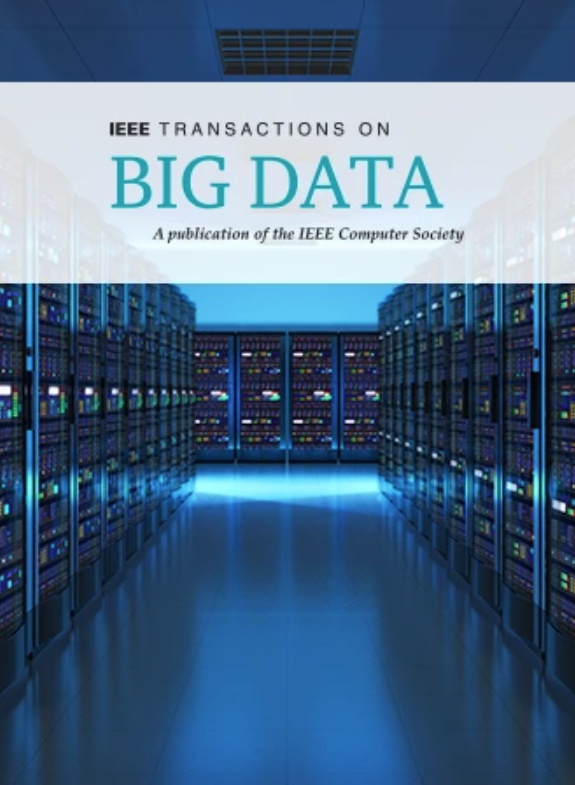Adaptive Superpixel Segmentation With Non-Uniform Seed Initialization
IF 7.5
3区 计算机科学
Q1 COMPUTER SCIENCE, INFORMATION SYSTEMS
引用次数: 0
Abstract
Superpixel segmentation is a powerful image pre-processing tool in computer vision applications. However, fewer superpixel segmentation methods consider automatically determining the number of initial superpixels. Focusing on high-precision and connectivity, we propose a superpixel segmentation algorithm with non-uniform seed initialization. The proposed algorithm can adaptively determine the number and the position of initial seeds, and is robust to the segmentation of small objects and slender regions. First, we propose a seed initialization scheme based on the side of the circumscribed rectangle of the small object and interval boundary gradient. To enhance the regularity of superpixels, we equally added seeds for grids with sparse seed distribution. Second, we construct a weighted distance measure with search region and feature constraints, which reduces the computational complexity and enhances the precision of pixel label assignment. Finally, we quantify the disconnected regions are present in abundance, and propose a post-processing method based on the area of predefined small objects. The proposed method can significantly improve the connectivity and regularity of the generated superpixels. Extensive experiments on the widely-used BSDS and CamVid datasets demonstrate that the non-uniform seed initialization is effective, and the performance of the proposed superpixel segmentation is favorably compared with the state-of-the-art methods.非均匀种子初始化的自适应超像素分割
在计算机视觉应用中,超像素分割是一种强大的图像预处理工具。然而,很少有超像素分割方法考虑自动确定初始超像素的数量。针对高精度和连通性问题,提出了一种非均匀种子初始化的超像素分割算法。该算法能够自适应确定初始种子的数量和位置,对小目标和细长区域的分割具有较强的鲁棒性。首先,我们提出了一种基于小目标被限定矩形边长和区间边界梯度的种子初始化方案。为了增强超像素的正则性,我们对种子分布稀疏的网格均匀添加了种子。其次,结合搜索区域和特征约束构造加权距离度量,降低了计算复杂度,提高了像素标签分配精度;最后,我们量化了大量存在的断开区域,并提出了一种基于预定义小目标面积的后处理方法。该方法可以显著提高生成的超像素的连通性和规律性。在广泛使用的BSDS和CamVid数据集上进行的大量实验表明,非均匀种子初始化是有效的,并且与目前的方法相比,所提出的超像素分割性能优越。
本文章由计算机程序翻译,如有差异,请以英文原文为准。
求助全文
约1分钟内获得全文
求助全文
来源期刊

IEEE Transactions on Big Data
Multiple-
CiteScore
11.80
自引率
2.80%
发文量
114
期刊介绍:
The IEEE Transactions on Big Data publishes peer-reviewed articles focusing on big data. These articles present innovative research ideas and application results across disciplines, including novel theories, algorithms, and applications. Research areas cover a wide range, such as big data analytics, visualization, curation, management, semantics, infrastructure, standards, performance analysis, intelligence extraction, scientific discovery, security, privacy, and legal issues specific to big data. The journal also prioritizes applications of big data in fields generating massive datasets.
 求助内容:
求助内容: 应助结果提醒方式:
应助结果提醒方式:


